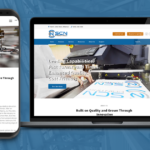You enter a store with a single goal, to purchase your favorite ice cream from the freezer section. Yet, within five minutes you are meandering through the tool aisle facing a wall of hooks and light bulbs. How did you end up here? Was it a confusing store layout? Or unhelpful signage? This story may seem all too familiar when entering a store, but we often face the same situation while online. You start by searching for one thing and click on a promising website only to be confused by unclear information and a lack of direction. Unhelpful content and hidden information can quickly cause the visitor to leave the site.
By optimizing your website copy through search engine optimization (SEO), your website visitors will find exactly what they’re looking for in a timely manner. Which in return will be recorded as a positive user experience and reported back to Google who’ll reward your site with improved rankings. Ultimately, if a website’s copy benefits your website visitor then it will boost your organic search results.
Below are the five steps for using SEO optimized copy and user experience to improve your search rankings:
- Find a Website SEO Expert
- Evaluate your Website UX
- Complete Competitor & Keyword Research
- Create an Information Hierarchy Plan
- Write SEO Optimized Copy
1. Find a Website Expert
There are a lot of talented copywriters out there, and maybe you’re the copywriter in your organization. The challenge with writing website copy is it requires more in-depth knowledge and skills than what even a great copywriter has. Writing for the web requires knowledge on user experience (UX), on-page SEO, information hierarchy, website copywriting, and technical SEO.
In order to improve your website ranking with optimized copy, you need to first find a website expert. Your website partner should have a team of dedicated specialists to provide a collective approach to developing your website copy, including experts in SEO, copywriting, and website development. Each of these roles requires specific skills and experience, that when combined, offer the most robust and valuable approach.
To begin, your website partners should discuss your website goals and the actions you want your website visitors to take (examples: read your blog, submit a lead form, sign up for an event, etc). This information is critical for the team to acquire and understand before moving onto the following steps.
2. Evaluate Your Website UX (User Experience)
Similar to the in-store shopping example, if the website layout is confusing or mislabeled, it will be difficult to locate the right services or products. To understand the needs of your visitors, you need to evaluate the website’s structure and navigation, how visitors find information, and what information they’re looking for.
There are a few ways to evaluate the UX on your site:
- Review Google Search Console to see what keywords are bringing people to your site
- Review Google Analytics, or other website analytic tools, for information on your website to understand what are the top pages, where people are exiting the site, what pages people spend the most time on, and what actions are people taking on the site
- The website expert will review the website structure noting what pages are hard to get to and how easy the navigation is to use
- If time and money allow, conduct UX testing to see how the website is used by your customers. UX testing can provide a more exact understanding of how visitors use the website
The goal of these steps is to determine how clear the website journey is, including if the visitor is able to quickly locate the desired information, and where there are opportunities for improvements.
The insights gathered in this step will be applied in combination with step three, as explained later.
3. Complete Competitor & Keyword Research
Now that you know how your website is performing in relation to your visitors, it’s time to conduct competitor and keyword research.
Competitor Research
Competitor research should be done for your top three direct competitors as well as a couple of companies that you admire that are outside your direct market.
Going back to the shopping example, Target may consider Walmart, Kroger, and local grocery stores as their direct competitors but would consider Amazon another competitor with online ordering.
To begin your competitor research, you should analyze these following points:
Website – What do you like? What doesn’t work?
- Examples: Messaging, look and feel of the the pages, videos or imagery, navigation, etc.
Overall Online Presence – How are they interacting with customers online?
- Examples: Social, ads, website, directories, etc.
Marketing Efforts – What are there online and offline marketing efforts?
- Examples: Social media, billboards, radio ads, etc.
Customers – Are they targeting the same audience as you? Can you tell by their messaging and copy who their target audience is?
- Examples: Followers on social media, how messaging is written, ideal client website pages, etc.
By understanding your competitors’ comprehensive marketing efforts and their customers, you’ll be able to learn how you can best reach your customer using insights from your competitors.
Keyword Research
Keyword research is an assessment of the terms, phrases, and words your customers use to search for your business and talk about you online. We recommend you provide a list of words or phrases you’ve heard your customers use when referring to your business, products, or services to help your website partner get started.
The website team will know how to conduct this research using tools like SEMRush, Moz, SEOquake, etc. to evaluate your existing site and your competitors to find the words your customers are using to find you or similar products and services. The keyword research will determine what types of pages, content, or descriptions should be used on your website when writing to improve your website ranking.
With your completed competitor and keyword research complete, you’ll then examine these findings in correlation with step two’s insights to round out the analysis steps.
Putting Steps 2 & 3 Together
A strategic website plan is a result of integrating the knowledge gathered from steps two and three to determine a data-informed plan. The strategy will initiate the framework for a new website structure which includes:
- A revised website site map
- A list of pages with targeted keywords for each page
- Clear user journeys from start to finish around the top keywords and products
Once this plan is put together, you can start the SEO copywriting process!
4. Create an Information Hierarchy Plan
Before you start writing, you’ll want to consider the organization of the web page itself. Think of how products are organized in aisles at the store; the most popular items are at waist level to eye level since it is easy to see and easy to grab and the heavier items are on the bottom shelves. You’ll want to organize your website in the same way with the prioritized information near the top with the detailed or heavier information towards the bottom.
Your website SEO expert will recommend an information hierarchy plan that fits the needs of your business focused around your niche and your products or services. This plan is focused primarily around the core pages of your website, such as the home page or services pages, as compared to the content marketing pages, such as your blog.
An information hierarchy plan should include:
- Recommendations for page titles, meta descriptions, and the main header
- A focus on readability: you should talk about your products or services and business as naturally as you would in person
- How to incorporate the predetermined keywords for each page into the headers, subheadings, and page copy
- Content plan: how to incorporate easy-to-read copy, graphics, images, video, etc. to make the content on each page valuable and engaging
Having a clear information hierarchy plan streamlines the SEO copywriting by pre-establishing the framework for the copy.
5. Write SEO Optimized Copy
Through the previous steps, you built a foundation for success by finding an SEO and website partner, evaluating the website UX, completing competitor and keyword research, and creating an information hierarchy plan. With this information, you’re significantly more prepared to provide the SEO optimized content your visitors want to read that will provide the information that they are looking for in order to complete your on site goals.
Follow the information hierarchy plan as you write your website copy and remember these tips for website copywriting best practices:
- Readability level no higher than an 8th-grade reading level
- Short paragraphs
- Vary sentence length
- Use bulleted and numbered lists for easy readability
- Incorporate keywords
- Don’t use jargon, use clear language
- Hierarchy of information for easy scanning
- Add images, charts, videos
Now you’re ready to write SEO optimized copy!
Summary
Stores are intentionally laid out to get shoppers to increase the number of items in their cart. The organization, product locations, and signage are strategically planned, and it’s proven to work. Stores revisit their layout every decade or so to align with the evolving needs of their current customers. Take a look at your cart the next time you leave the store and notice what else you grabbed along the way.
In the same way, your website should be evaluated regularly (every 3-4 years), through the five-step website evaluation process above, to understand the changing needs of your customers and your business. What started out as tips to understand how to write better SEO copy for your website ended up being a comprehensive website evaluation process to improve the SEO across your whole site and to improve your visitor’s UX.
If you found this post helpful, bookmark it, share it with your friends, and give us a call to start your website evaluation! We’re ready to be your website copywriting, SEO, and UX partner.




